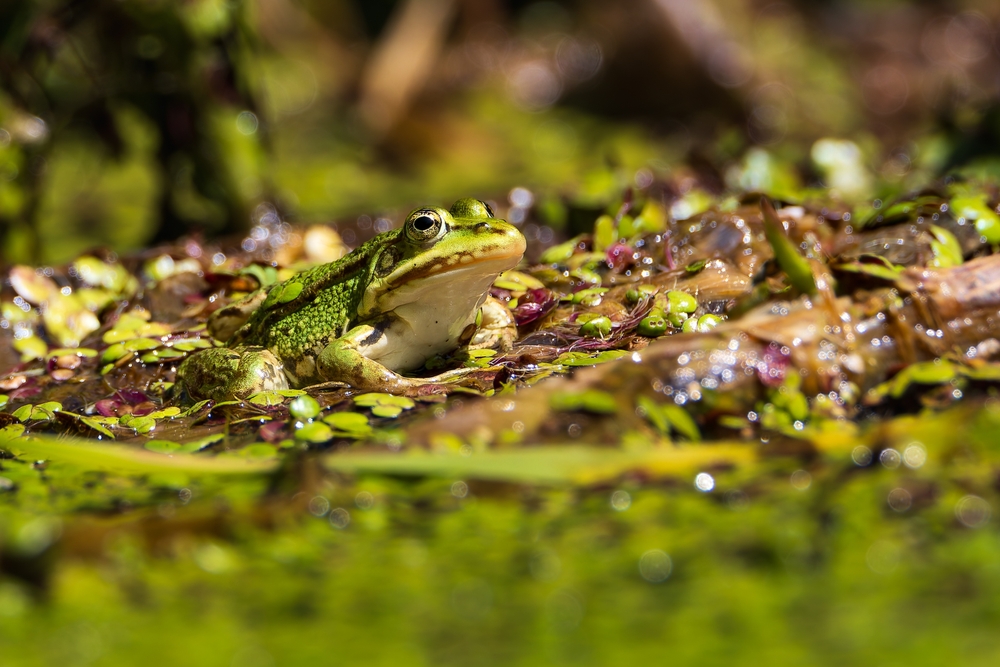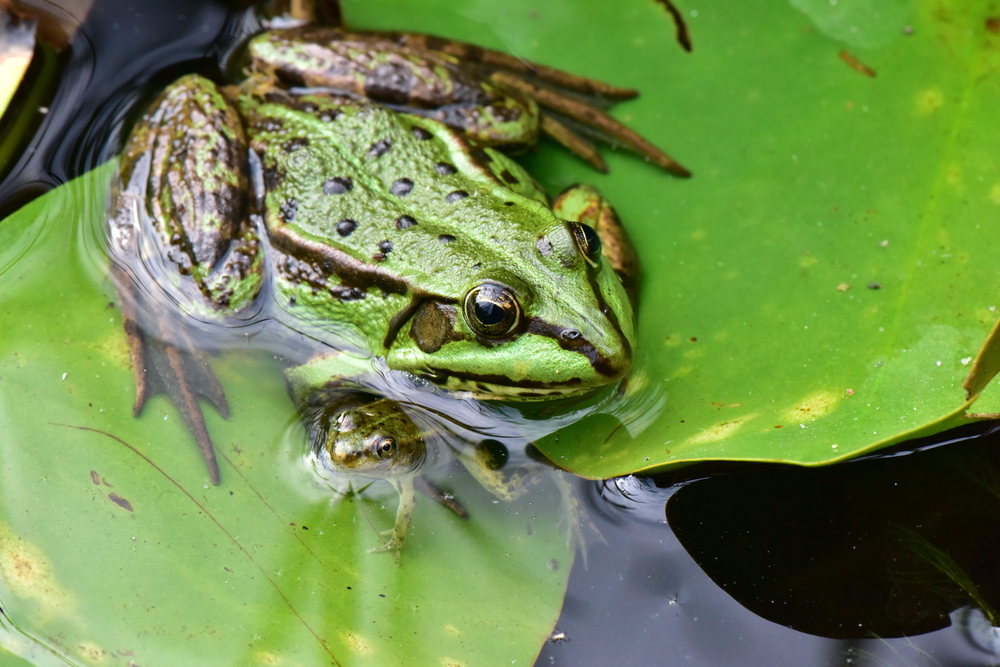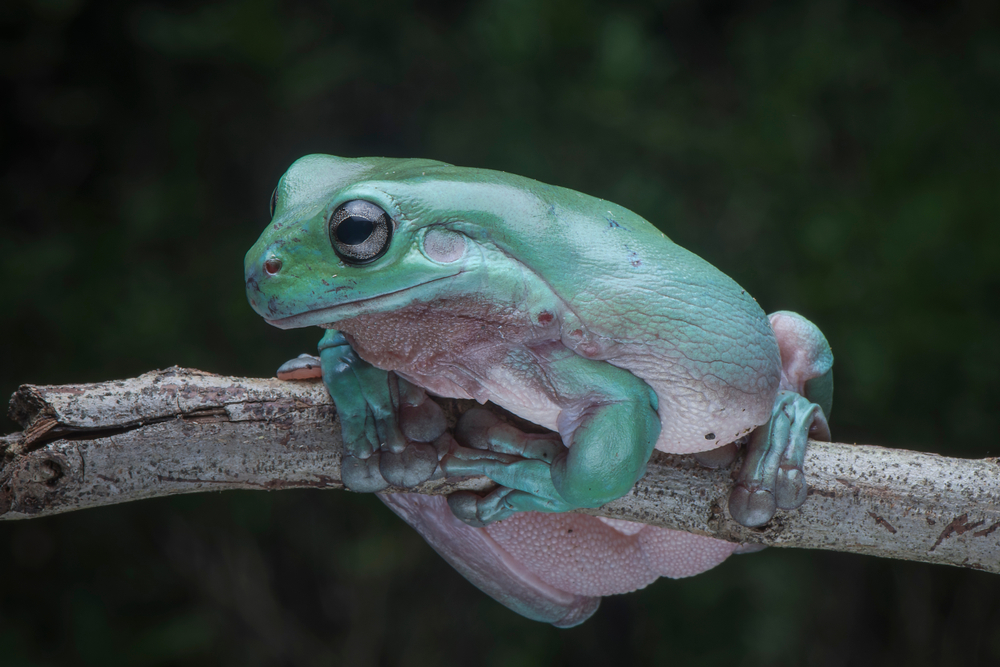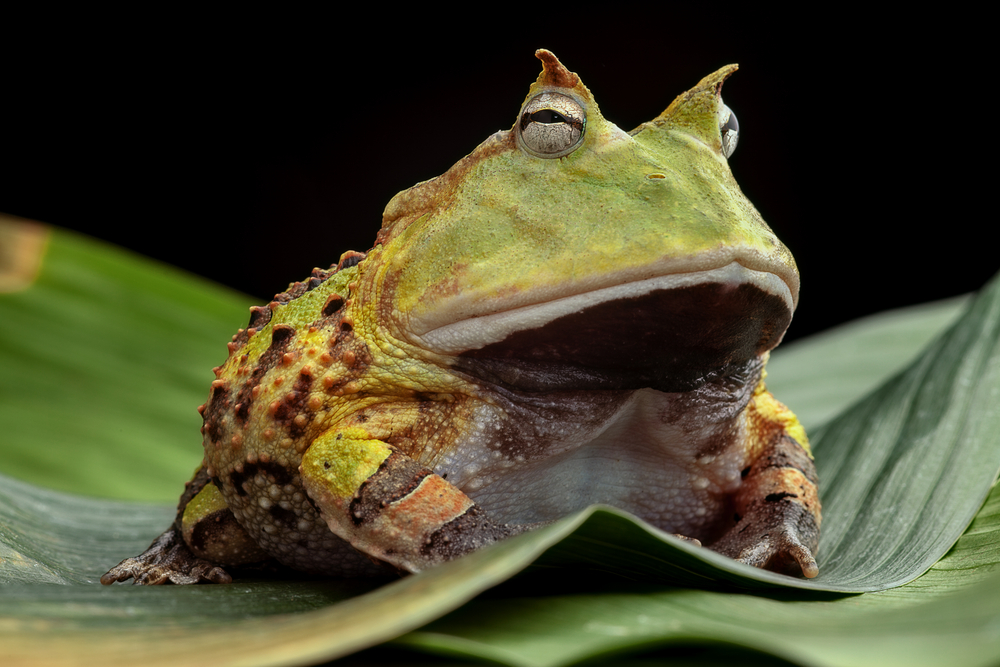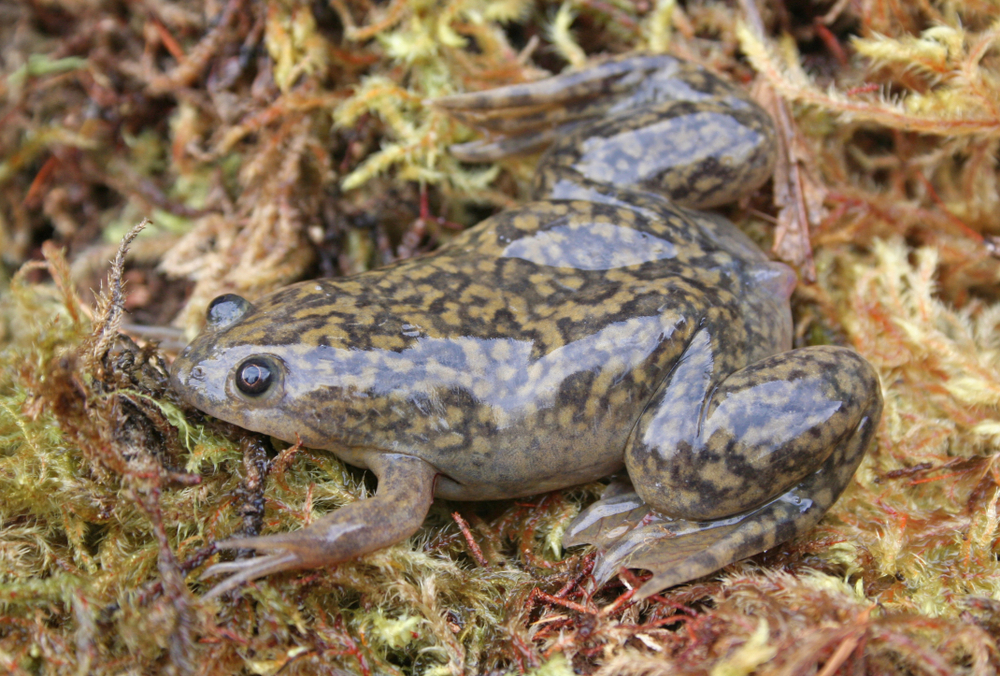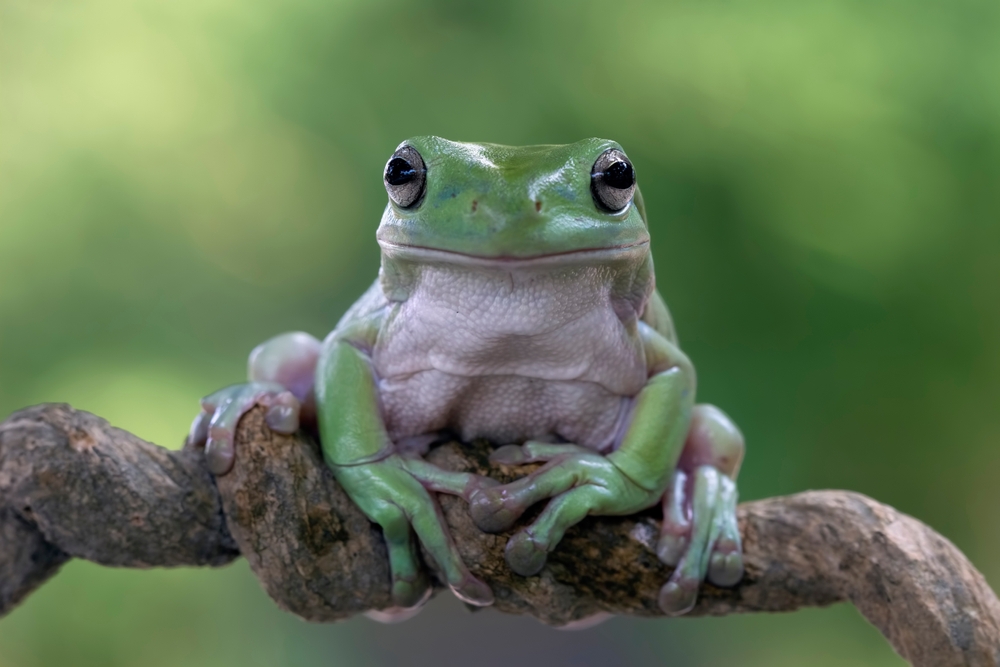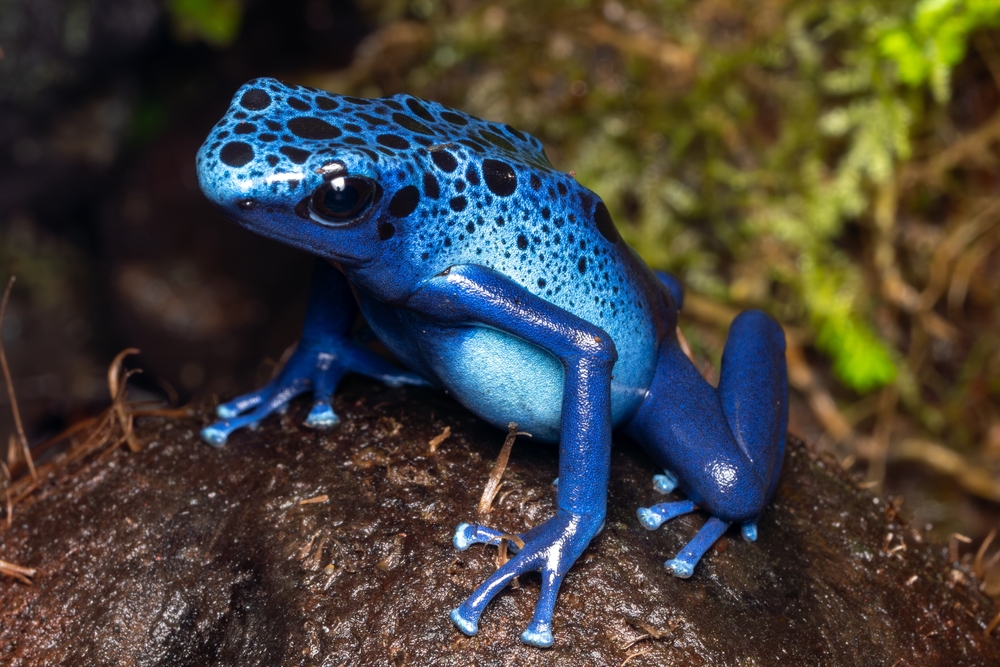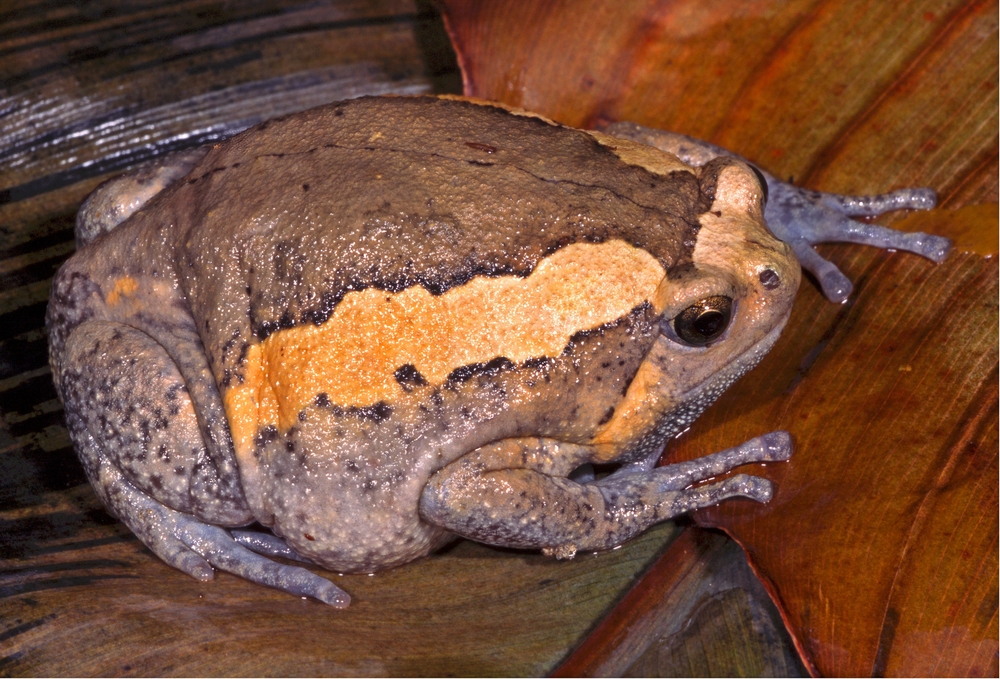Uniqueness
Hybrid Species with a Rare Reproductive System:
The Edible Frog is not a true species in the conventional sense, but a natural hybrid between the Pool Frog (Pelophylax lessonae) and the Marsh Frog (Pelophylax ridibundus). What makes it especially unique is its reproductive method—hybridogenesis.
-
In this system, the Edible Frog mates with one of its parent species.
-
During reproduction, it discards one parent’s genome and passes on the other clonally.
This unusual form of inheritance allows it to maintain its hybrid identity across generations, a phenomenon rarely found in vertebrates.
Highly Variable Appearance:
Due to its hybrid nature, the Edible Frog exhibits a wide range of physical variation, including differences in size, skin coloration, and patterning. Some resemble P. lessonae more closely, others P. ridibundus, making identification challenging without genetic testing.
Amphibious Versatility:
It is exceptionally well-adapted to life both in water and on land. With webbed feet for swimming and strong limbs for hopping and climbing, the Edible Frog can thrive in ponds, meadows, canals, and even agricultural ditches—making it one of the most ecologically flexible frogs in Europe.
Acoustic Adaptations:
Males have external vocal sacs on both sides of the head and emit a repetitive chuckling or croaking call, especially in spring evenings. Their call is loud and distinct, helping them compete with other water frog species during breeding season.
Wide European Range:
Thanks to its hybrid vigor and ecological tolerance, the Edible Frog is one of the most widespread amphibians in Europe, found from France and Germany to the Baltics and parts of Scandinavia.
Scientific Importance:
Due to its hybrid genetics and unusual reproduction, the Edible Frog is frequently studied in genetics, evolutionary biology, and reproductive ecology. It represents a living example of how hybrid lineages can persist and thrive over time.



































































